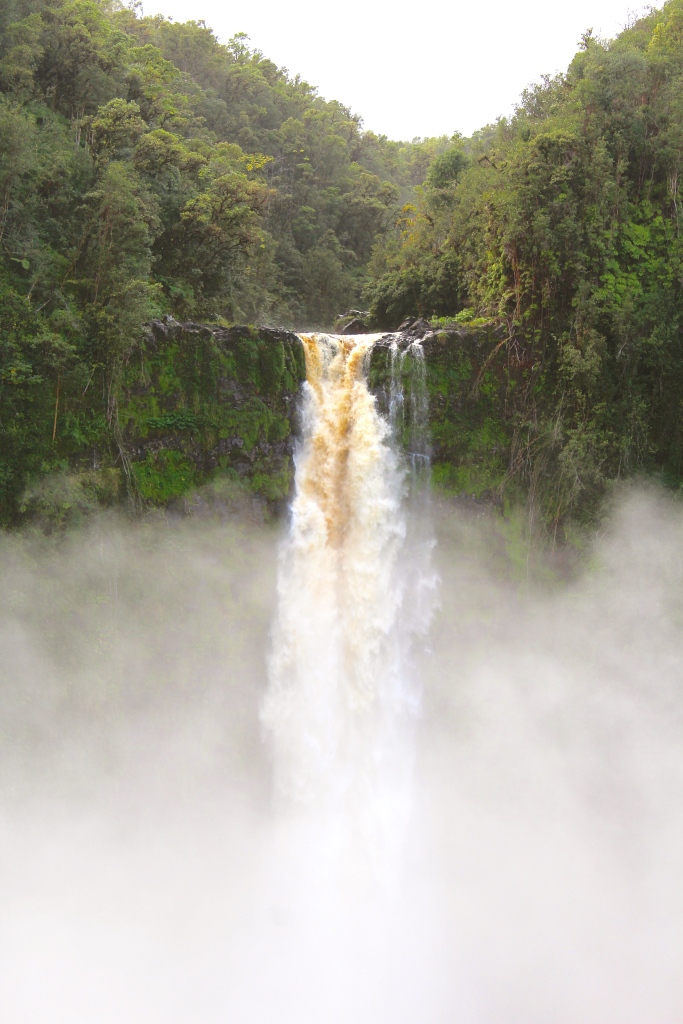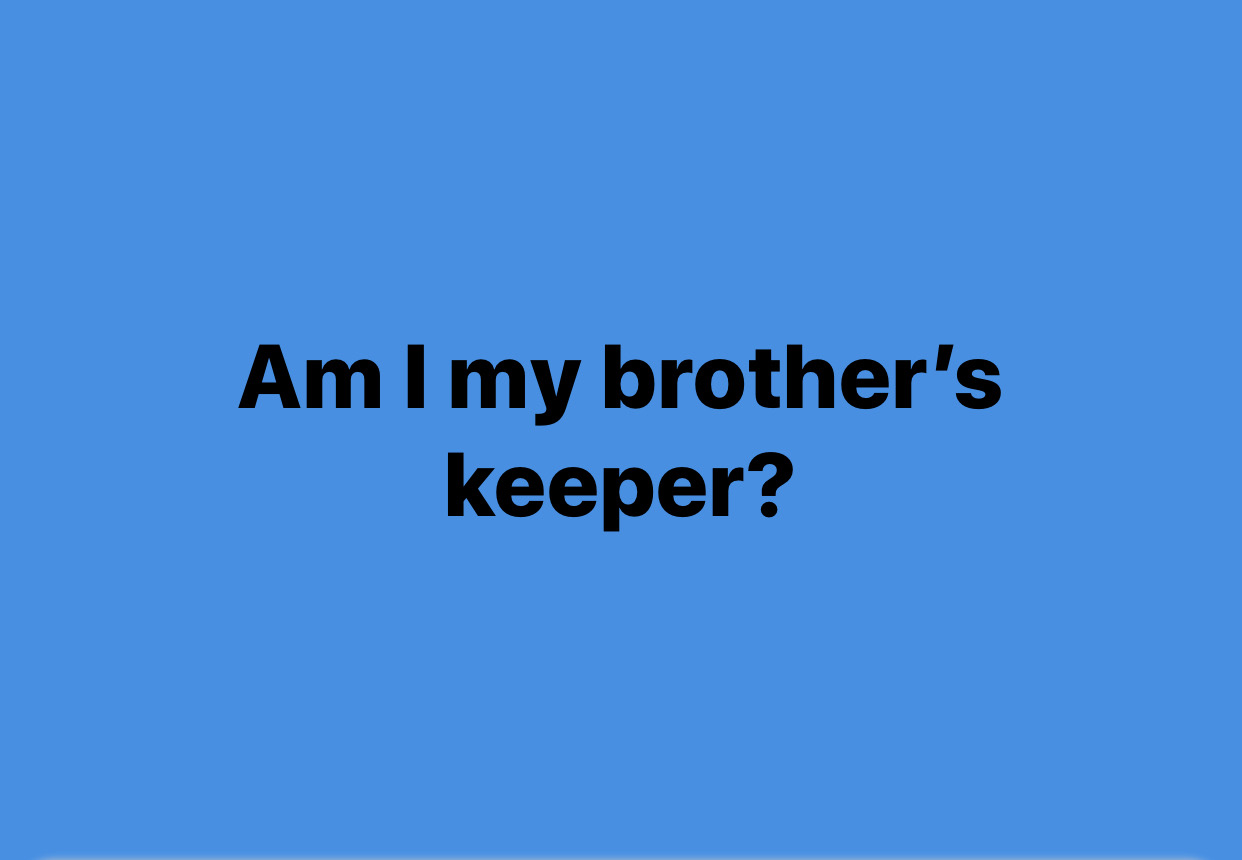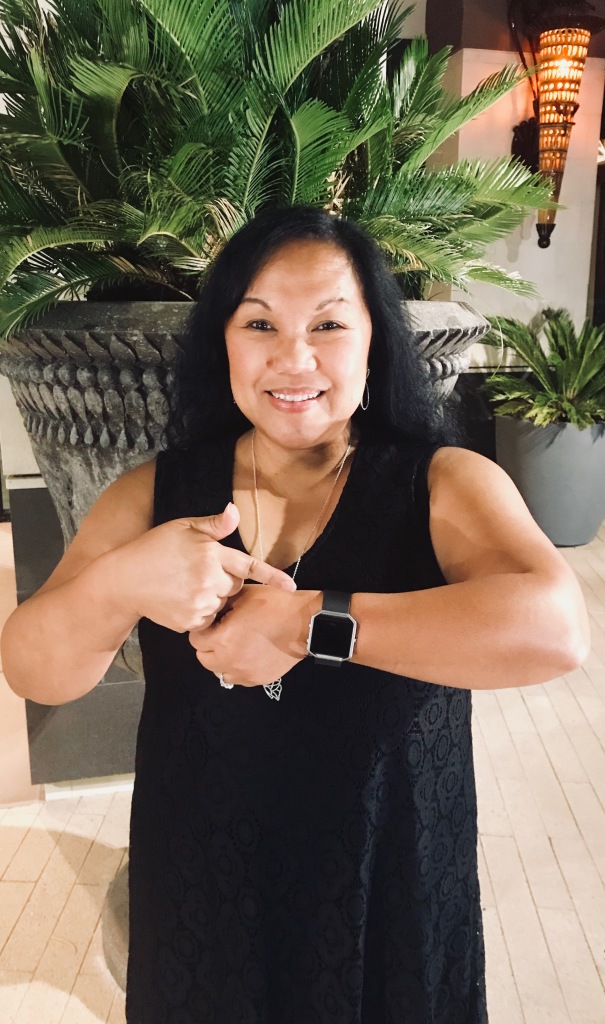
Introduction
When kia’i (protectors) blocked Mauna Kea Access Road to prevent construction of TMT (Thirty Meter Telescope) in April of 2015, I was in Hilo for the Merrie Monarch Festival hula competition. Hilo was abuzz with the fight to protect Mauna Kea from being further desecrated by its 14th and biggest telescope. I did not get a chance to go to Mauna Kea to lend support, something I regretted.
Kia’i once again came to Mauna Kea’s defense in July of 2019. I went to Mauna Kea to offer my prayers, support, and aloha. It is one of the best and most important things I have ever chosen to do.
* * * * * * * * * * * * * * * * * * * * * * * * * * * * * * *
Background
A dormant volcano and the tallest mountain in the world when measured from the sea floor, Mauna Kea (shortened from Mauna A Wakea) is part of land that belonged to the Hawaiian monarchy until the overthrow of Queen Liliu’okalani in 1893. As ceded land, Mauna Kea is to be preserved for the benefit of Kanaka Maoli (native Hawaiian people). Federal law defines native Hawaiians as descendants of the indigenous people who occupied the islands before 1778.
In 1998, an audit revealed that the DLNR (Department of Land and Natural Resources) and the University of Hawai’i had greatly mismanaged the University’s 65-year lease on Mauna Kea’s summit by allowing 13 telescopes to be built on Mauna Kea without developing and enforcing plans and regulations for the protection of the mountain as required by the lease.
In 1999, the Royal Order of Kamehameha I, an order of knighthood whose members are of Hawaiian descent, asserted jurisdiction over Mauna Kea. The Royal Order declared that, in protecting Mauna Kea, civil disobedience was a valid option for native Hawaiians. In 2019, The Royal Order created a pu’uhonua (city of refuge) at Pu’uhuluhulu, the hill across the highway from Mauna Kea, as a sanctuary for kia’i of Mauna Kea.
* * * * * * * * * * * * * * * * * * * * * * * * * * * * * * * * * * *
When I arrived at Mauna Kea, there were two knights of the Royal Order of Kamehameha I standing at the entrance to Pu’uhonua Pu’uhuluhulu. Although a misty rain was blowing in the wind, the men wore only their suits and waist-length capes, having neither raincoats nor umbrellas. Their presence, in service and protection, filled me with a great sense of gratitude.
For the rest of my time there, I went back and forth between Pu’uhonua Pu’uhuluhulu and Mauna Kea Access Road without worrying about safety or disruption by law enforcement. Like the knights, I had no rain gear, but I was content to walk in the rain that I always considered blessing.
The weather likely dissuaded many people from coming up to the mountain that morning, so I moved around easily without having to navigate around, or be distracted by, large crowds. I tried my best to be aware of things I could only feel, not just things I could see and hear. I decided to take as few photos as possible, so I could be present in each moment.
I brought my ho’okupu (offering) to the kuahu (altar) at Pu’uhuluhulu, offering an oli (chant) as I did so. The kuahu was covered by offerings of ti leaf leis, the first layers already having dried in the sun in the past two weeks. My ho’okupu, which I made with plants I gathered at my parents’ home outside Hilo, was not grand, but I offered it with all the love and reverence in my heart.

Walking around the pu’uhonua, I was impressed by the tent community that provided food, supplies, outerwear, sanitation, education, and medical care to all the kia’i camping out in tents on both sides of the highway near Access Road. The pu’uhonua was well organized, well-staffed, clean, and orderly. I later learned that some people working at these tents would stop what they were doing when they heard the sound of the pu (conch shells blown into like horns or trumpets) summoning hula dancers for protocol (ceremonial activities) at Access Road.

As I surveyed the tents and read signs to avoid going somewhere I should not, I spotted a pop of color in the form of a pink infant onesie…on a miniature white goat. I walked over to meet the goat and members of her human family – a woman and two young children. The woman introduced me to Mahina, a friendly and well-behaved goat. When I bent down to pet Mahina, I felt something under her onesie. “Wait,” I said to the woman, “Is this a diaper I’m feeling under Mahina’s onesie?” The woman smiled and told me Mahina is an indoor family pet, hence the diaper.
Mahina and the two children waited patiently as I chatted with their mom, who shared with me that it was their second week on the mountain. I stood in awe of this woman and her children and thanked them for what they were doing. I knew they did not need my thanks and that they might think it was not my place to do so, but I thanked them anyway. My family has been in Hawai’i since the early 1900’s. I love Hawai’i and the Hawaiian culture, and I feel indebted to the Hawaiian people who share and preserve both. After we said our goodbyes, I thought to myself, “What a valuable experience this mom is giving her children.”

I made my way to Pu’uhuluhulu University, the brainchild of one of the kia’i who thought people could learn more about their history, land, and culture while they were on the mountain. I saw cultural practitioners, authors, and kumu (teachers) holding classes on a large space of flat rock in the soft but steady rainfall. I listened to an author read from her book on Hawaiian history, and I saw a presentation about recognizing different varieties of kalo (taro). One tent served as a classroom for small children who were so engrossed in their work that they did not seem to notice whenever the wind blew the door open.
Back across the highway on Access Road, the prayerful and uplifting morning protocol included oli and hulas that I had never seen or heard before. Everyone was invited to participate in the oli. Kia’i reviewed the code of Kapu Aloha (acting with empathy, respect, and kindness) and the rules to follow at Mauna Kea.
The welcoming of a Hawai’i Island canoe club was particularly beautiful. After the group’s presence was announced to kūpuna sitting under the tent, the students and their kumu exchanged oli and hulas with the kūpuna, dancers, and other kia’i. After some back and forth, kia’i and kūpuna motioned for the students to come forward. The students, most of them teens, looked nervously at each other to see who would go first. It took a final directive from their kumu to get the students to approach the tent where kūpuna received them. It was a glimpse of tradition and history from the past. As a student of hula, I felt tremendously privileged to witness it.

I saw kūpuna and leaders whom I had seen at other public events and whom I had read about for years. I had gotten used to seeing some of them in daily social media posts and news reports over the past two weeks. I saw celebrities who helped bring attention to the cause of Mauna Kea. Well known or not, all the people at Mauna Kea were making an extraordinary stand to protect a sacred mountain against further desecration in the form of an 18-story telescope that would require drilling into Mauna Kea, disrupting sacred land and burial grounds, and endangering natural resources. They were standing for the right of an indigenous people to preserve what they deem sacred.

There were no egos looking to be stroked for doing something difficult and brave. There were no dour faces crying, “Poor me, living in a tent in the cold and rain.” There were quiet voices, smiling faces, quick hands that offered assistance, and quick feet that carried people wherever they were needed. There was optimism. There was calm. There was resolve. I felt hearts full of deep and selfless love. I felt mana (spiritual energy) that reached back to ancestors and ancient ways and emanated from the depths of Mauna Kea itself. It was palpable and powerful.
I went to Mauna Kea to offer prayers, aloha, and support, and I received much more than I gave.
©Living off Island, Writing Wahine, 2019.










